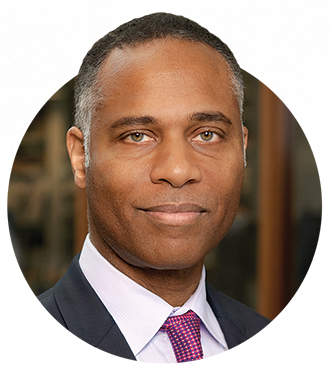
Credit: Joel Wintermantle
Guillermo Ameer, the Daniel Hale Williams Professor of Biomedical Engineering and founding director of the Center for Advanced Regenerative Engineering
“The convergence of several technological advances, including artificial intelligence and data science, novel biomaterials, physical sciences, and cell and molecular biology, will revolutionize how we detect and treat diseases and injuries. For example, at the Center for Advanced Regenerative Engineering, in collaboration with the Querrey Simpson Institute for Bioelectronics, we are working on integrating electronic sensors into engineered tissues. After the tissues are implanted in the body, these sensors will allow us to monitor their performance via a smartphone or tablet in real time.”
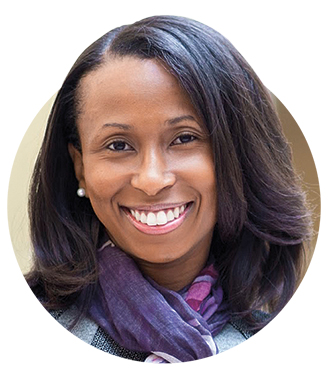 Jolie Matthews, assistant professor of learning sciences
Jolie Matthews, assistant professor of learning sciences
“Communication technology always changes the world. We’re headed toward (or already facing) a tension between technology that’s increasingly interconnected and invasive across our homes, jobs and social lives — with the lines among all three blurring — and a desire for greater privacy. A technology that both connects us in unprecedented ways but grants us true control over how we share our data on a wider scale would change the world, particularly since much of the modern economy is built on collecting and sharing our data.”
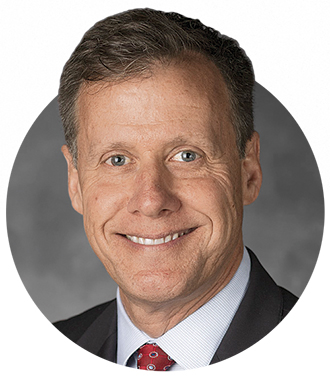
Credit: Dan Smith
Dennis Durbin ’87 MD, president of the Abigail Wexner Research Institute at Nationwide Children’s Hospital
“Living therapies, including gene, cellular and stem cell therapies and living tissues such as vascular grafts, have the most potential to change the way we care for children with life-threatening conditions. These novel therapeutics — each quite different but all sharing the characteristic of being a biologically active, living treatment — represent truly paradigm-shifting advances in medical technology that enable us to seriously consider curative therapies for conditions, such as neuromuscular disorders, certain cancers and congenital heart defects, that currently only have symptom-management care options.”
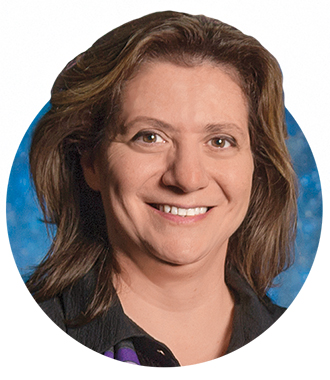
Credit: Jim Prisching
Vicky Kalogera, the Daniel I. Linzer Distinguished University Professor and director of the Center for Interdisciplinary Exploration and Research in Astrophysics
“In every field of science, but astronomy in particular, we are collecting huge amounts of data, so much that we as humans can’t possibly analyze it all. So researchers have begun programming computers to develop their own intuition when looking at data. Before now, finding patterns and meaning has been an almost exclusively human skill. But the interesting thing is this: Computers discover patterns in data all the time, even though we don’t fully know how they’re doing it! So not only is machine learning going to help us understand the data, it also has the potential to teach us about the way our minds make intuitive leaps of understanding.”
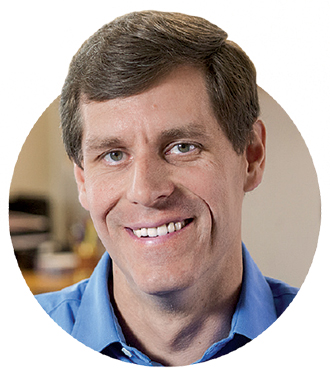 Mark C. Hersam, Walter P. Murphy Professor of Materials Science and Engineering and director of the Northwestern University Materials Research Science and Engineeering Center
Mark C. Hersam, Walter P. Murphy Professor of Materials Science and Engineering and director of the Northwestern University Materials Research Science and Engineeering Center
“As the amount of data proliferates, energy consumption by conventional digital computers is drawing a significant fraction of power from the grid. Conventional computing is not sustainable. To address this critical problem, my laboratory is developing brain-like neuromorphic electronic devices that promise to reduce the power consumption of computing by a factor of 10,000 to 100,000. By emulating the brain, neuromorphic computing will also accelerate the development of artificial intelligence, machine learning, robotics and more.”
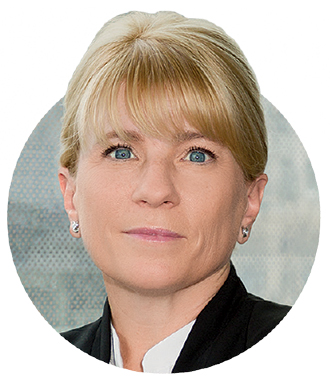
Credit: BusinessPortraits.ca
Shana Kelley, Neena B. Schwartz Professor of Chemistry and Biomedical Engineering
“Omics is a field of biological study that uses new analysis technologies to examine every gene in the genome, every protein in the proteome, all the metabolites in the metabolome. By better understanding these biological pathways, we can accelerate the discovery of new therapies and diagnostics for disease. We can now use omics at the single-cell level to investigate increasingly complex processes in human tissues. Combined with machine learning and artificial intelligence, omics will transform what is possible in modern medicine.”
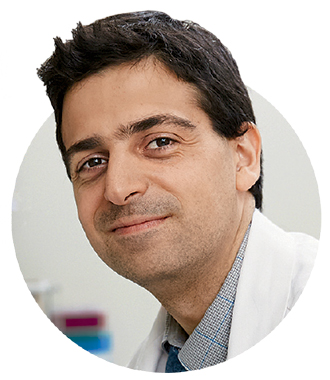 Mozziyar Etemadi, research assistant professor in anesthesiology and biomedical engineering
Mozziyar Etemadi, research assistant professor in anesthesiology and biomedical engineering
“Artificial intelligence will enable health care providers to deliver more efficient, higher-quality patient care. For example, hundreds of radiology scans are done each day at our hospitals. Five percent of those scans contain something that needs to be followed up on with a test or additional scan. But up to a third of those are never addressed. So, we built an AI tool that looks at the radiologist’s interpretation of the scans and specifically finds things that need to be followed up on. Then, our electronic medical record system can alert us, and we can ensure that the follow-up test is done at the appropriate time. Think of it as an AI “guardian” that ensures nothing falls through the cracks.”

Credit: Michael Parra
Judd F. Hultquist, assistant professor of infectious diseases and director of the Emerging and Re-Emerging Pathogens Program
“Only a decade ago we discovered that CRISPR-Cas9 could be used for precision editing of the human genome. Since then, this technology has revolutionized biomedical research, uncovering biological pathways that underlie diverse human diseases and unveiling new high-priority drug targets. We now stand at the cusp of a new era of genetic medicine with broad applications for fighting everything from cancer to infectious diseases.”
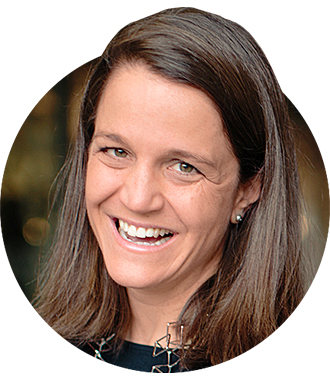 Liz Gerber, professor of mechanical engineering and computer science and professor of communication studies and co-director of the Center for Human-Computer Interaction + Design
Liz Gerber, professor of mechanical engineering and computer science and professor of communication studies and co-director of the Center for Human-Computer Interaction + Design
“Language is the technological invention that continues to change the world — simultaneously weaving us together and ripping us apart. As a structured system of communication, language supports exploring new ideas and closing off new possibilities, collaboration and competition, belonging and isolation, expressions of love and harassment, trust and deception, the spread of facts and misinformation, democracy and dictatorships, and even peace and war. While communication technology such as social media, smartphones, smart speakers, artificial intelligence and others have radically accelerated the speed and reach of communication, language is the core technology that changes our world.”
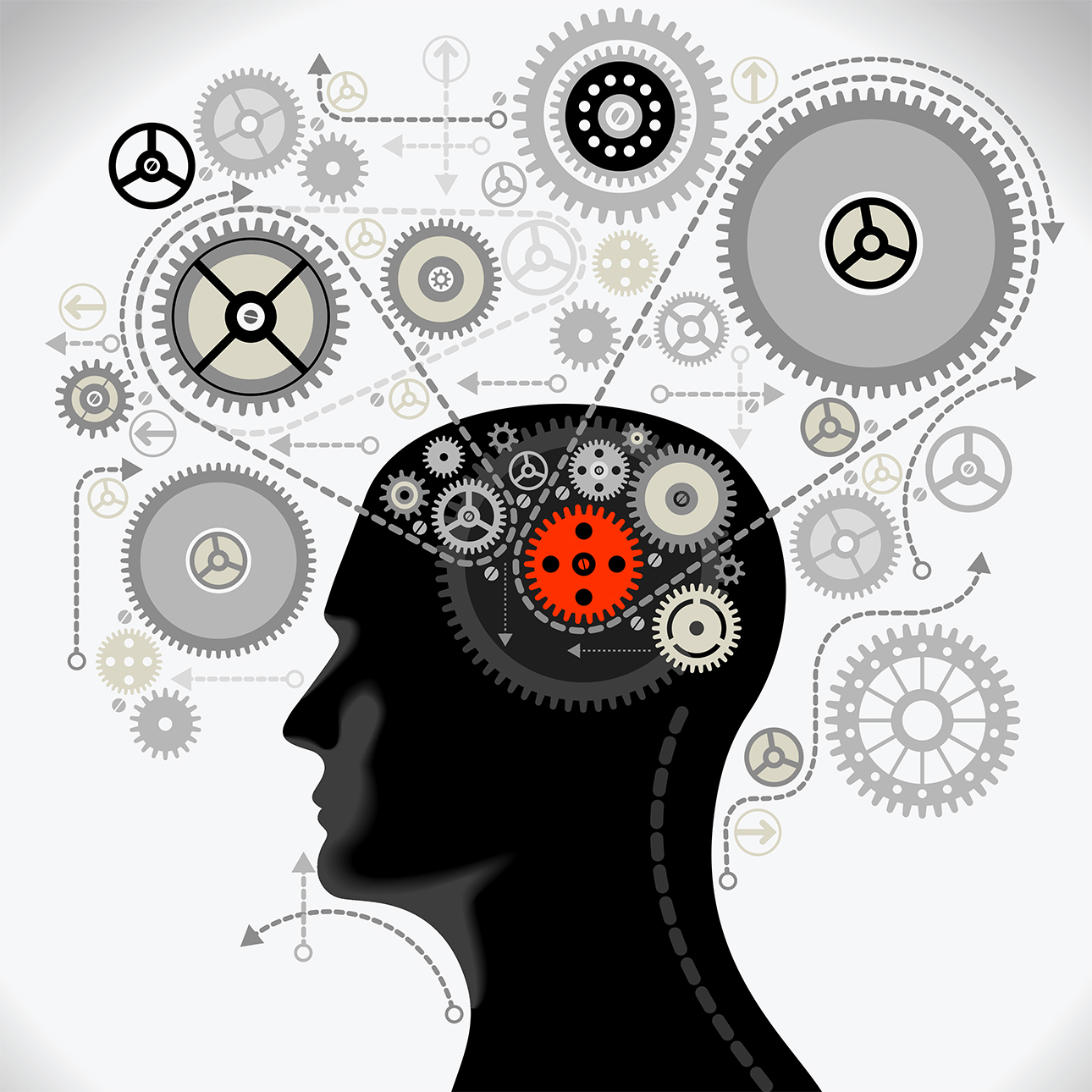
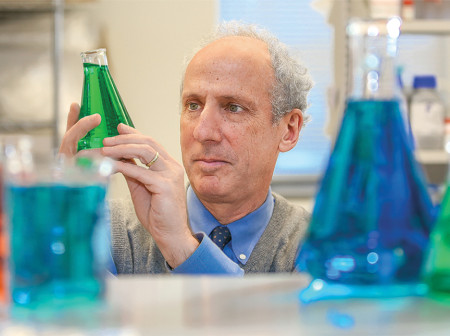

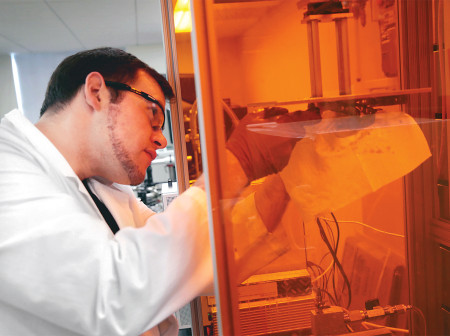
Reader Responses
No one has commented on this page yet.
Submit a Response